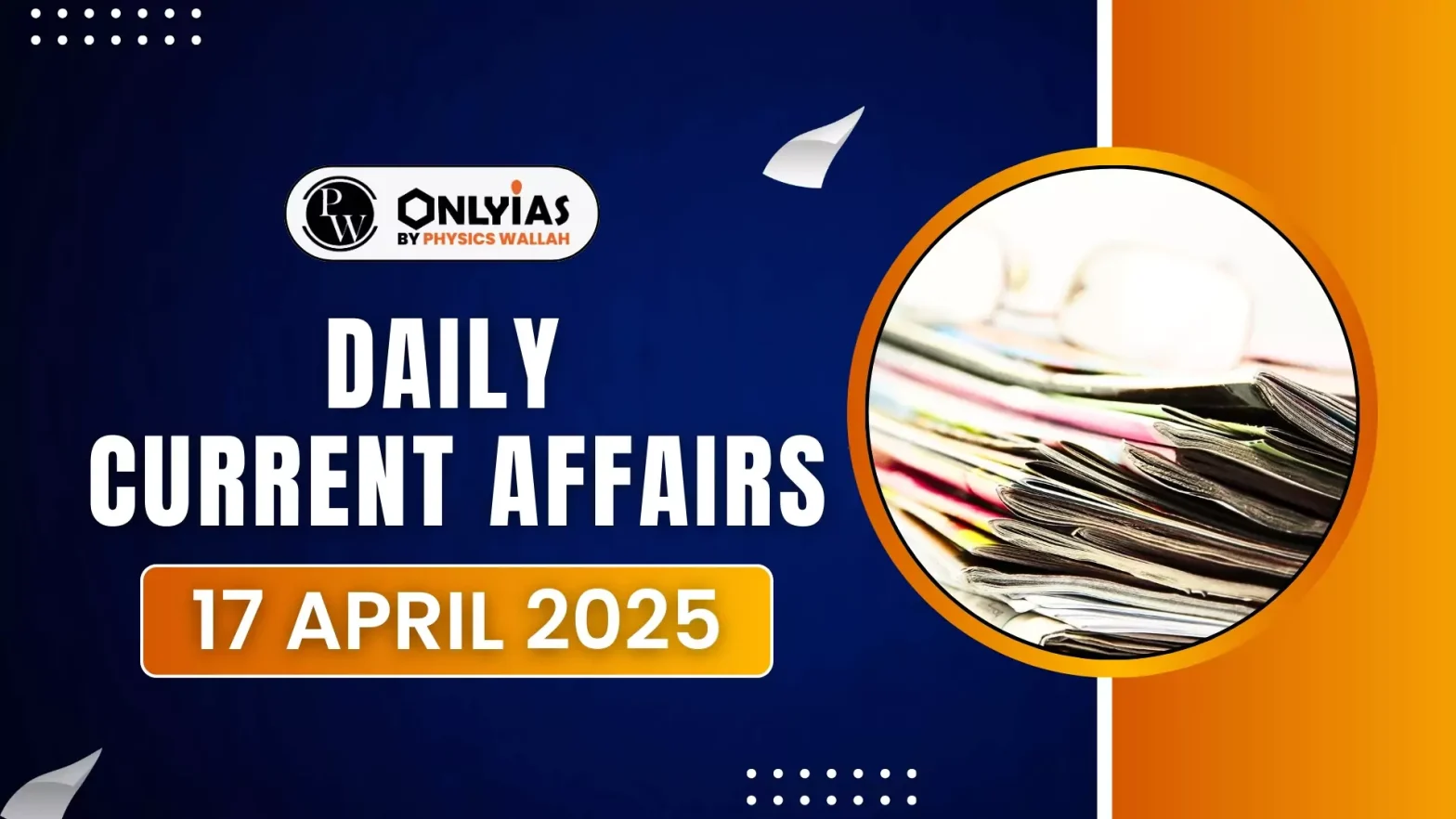![]() 17 Apr 2025
17 Apr 2025

In the Varshatai w/o Sanjay Bagade vs State Of Maharashtra case, the Supreme Court upheld the use of Urdu on a municipal signboard in Patur, Maharashtra.
Status of Urdu Language in India
|
|---|
<div class="new-fform">
</div>